Where did the snippets come from?
We used a lot of text sources in this lesson!
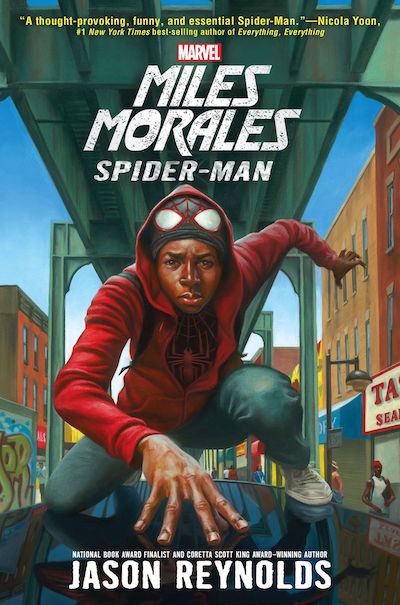
Some of the snippets were from Jason Reynolds' Miles Morales Spider-Man novel, which is a cool reimagining of Spider-Man as a Black-Latino teen.
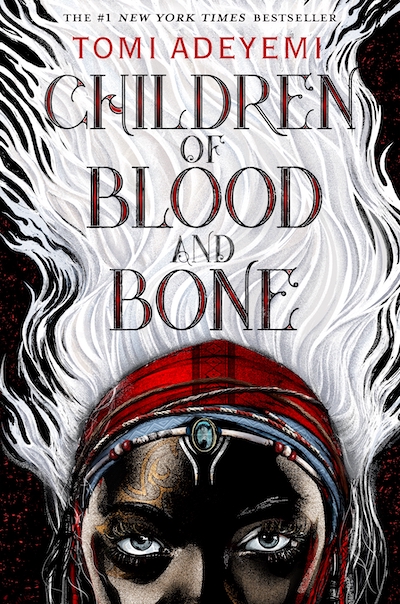
We used snippets from Tomi Adeyemi's Children of Blood and Bone, a grand adventure set in a fantasy version of West Africa, in which a girl leads a quest to find magical artifacts that she hopes will overthrow a tyrant and restore magic to the world.
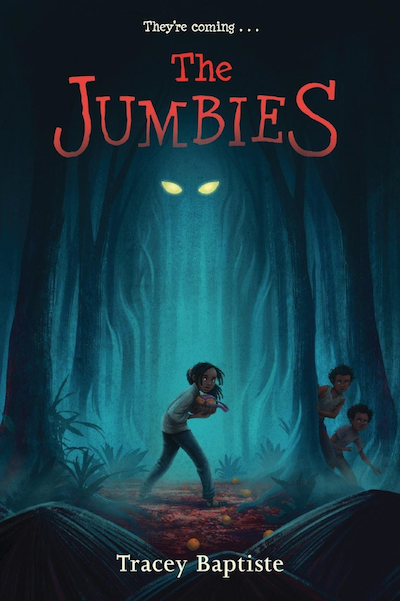
We used snippets from The Jumbies by Tracey Baptiste. This is a spooky adventure based on Haitian folklore, about a girl who becomes the target of a witch with sinister plans.
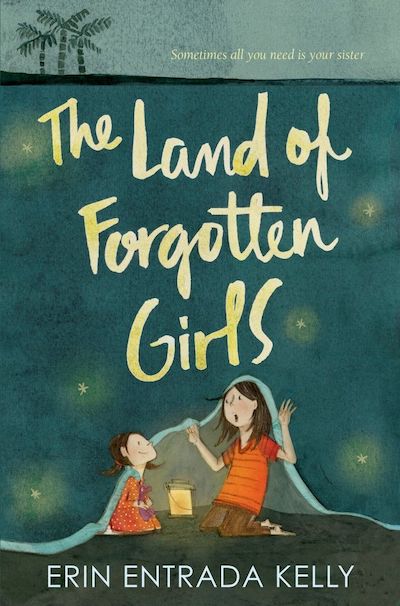
We used snippets from Erin Entrada Kelly's The Land of Forgotten Girls, which is a beautifully written story about two sisters who use stories to escape from an abusive stepmother and an otherwise crappy life.
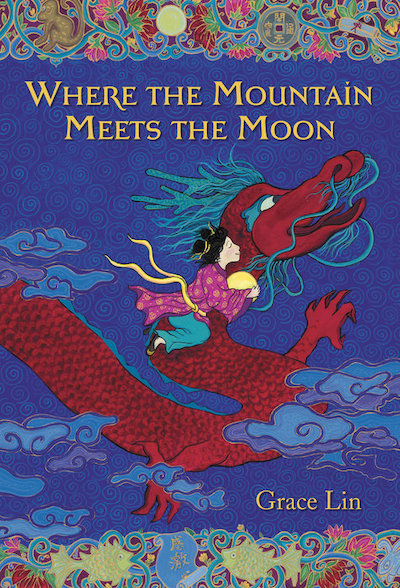
We also used a couple of snippets from Grace Lin's Where the Mountain Meets the Moon, about beautiful, magical quest set in a mythical version of China.

